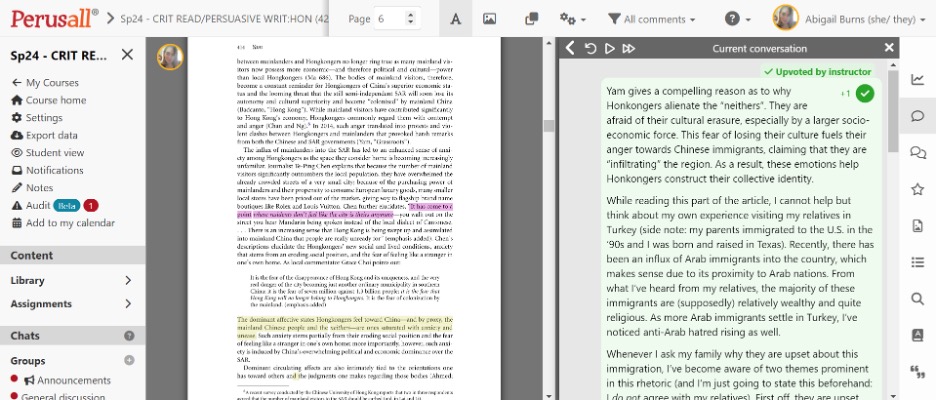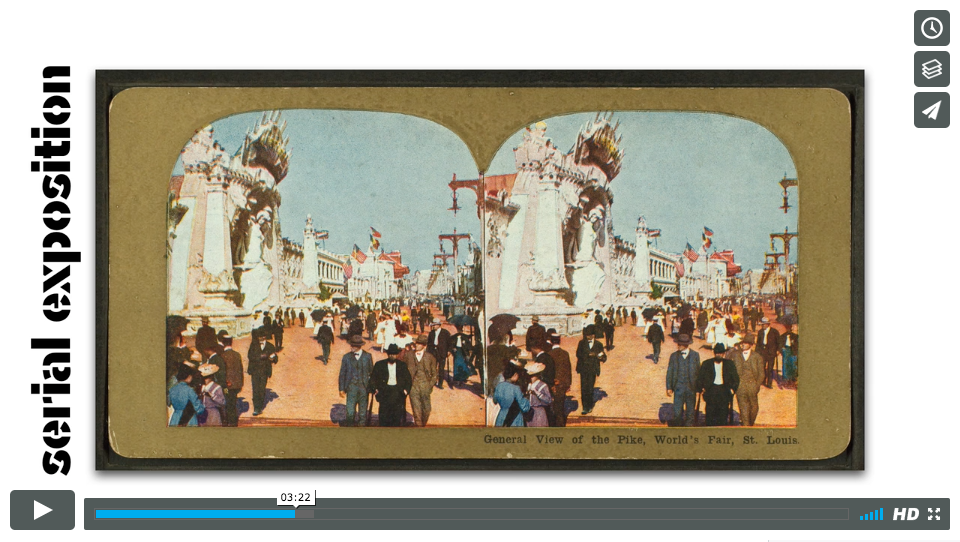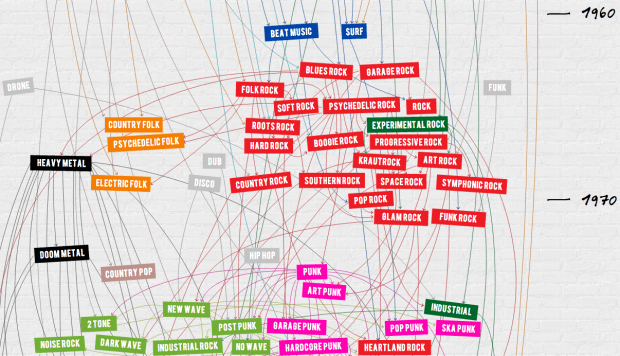A DWRL Practicum Online Module by Abby Burns. As a hard-of-hearing instructor who struggles intermittently with listening fatigue, there are days when keeping up with class discussion eats away at all of my energy (or requires more energy than I have), diminishing my capacity to respond in real time. One...
Proposal Assignment
You will write a persuasive argument proposing a course of action to address your chosen local controversy. This essay should acknowledge different viewpoints and recommend a solution that could convince multiple stakeholders. The project could be a more practical proposal, like one that would be aimed at the city council or...
Student Essay AI Co-Writing Public Demonstration
This is a small public demonstration of artificial intelligence (AI) co-writing in classroom contexts. The essays collected here respond to a proposal writing assignment assigned as part of the first-year composition course at the University of Texas at Austin. Each sample essay includes the final revised essay and all prompts...
Lesson Plan: Fake News
Featured image via Vox Friedrich Nietzsche famously wrote in On Truth and Lies in a Nonmoral Sense that truth is “a movable host of metaphors, metonymies, and anthropomorphisms: in short, a sum of human relations which have been poetically and rhetorically intensified, transferred, and embellished, and which, after long usage,...
Speaker Event Recap: Professor Patrick Jagoda
The Digital Writing and Research Lab’s speaker series consistently brings talented scholars working at the intersections of rhetoric, technology studies, and digital humanities, to the University of Texas to present their research. In February of 2017, The DWRL hosted Patrick Jagoda, associate professor at the University of Chicago. Dr. Jagoda...
Serial Exposition
Dr. Nathaniel Rivers of Saint Louis University gave a talk on March 22, 2017 in the DWRL. His talk built on Dr. Casey Boyle's article "Writing and Rhetoric and/as Posthuman Practice" in College English. This video reiterates that talk. Serial Exposition from DWRL on Vimeo.
Workshop Recap: Visualizing Rhetoric with Emojis and GIFs
[cs_content][cs_section parallax="false" style="margin: 0px;padding: 45px 0px;"][cs_row inner_container="true" marginless_columns="false" style="margin: 0px auto;padding: 0px;"][cs_column fade="false" fade_animation="in" fade_animation_offset="45px" fade_duration="750" type="1/1" style="padding: 0px;"][cs_text]In the DWRL’s most recent workshop, staff members looked at two of the most apparent--but perhaps most easily dismissed--exemplifications of visual rhetoric: emojis and GIFs (Graphics Interchange Format). Although we’ve all likely...
Data Visualization: Visualizing Sound Texts
In an upcoming lesson plan, I introduce some ways in which visualization be used to analyze elements of a literary text such as genre, theme, motifs, or plot structure. However, that lesson plan focuses predominantly on visual works. What are some of the ways in which visualization could...
Machine Communication: Using and Understanding MIDI
When multi-track recording was developed in 1955, it allowed for the concept of "production" as we understand the term in contemporary music-terminology. By recording the individual elements of a performance, one could alter and edit each part of the whole composition, or start from individual parts and construct an...
Reading in the Digital Age: Audiobooks by Librivox
[cs_content][cs_section parallax="false" style="margin: 0px;padding: 45px 0px;"][cs_row inner_container="true" marginless_columns="false" style="margin: 0px auto;padding: 0px;"][cs_column fade="false" fade_animation="in" fade_animation_offset="45px" fade_duration="750" type="1/1" style="padding: 0px;"][cs_text class="cs-ta-left"]Tired eyes from pushing through your reading list? Planning a road trip? Or just trying to cram some productive time into your commute? Long reading lists of classic texts might appear...







